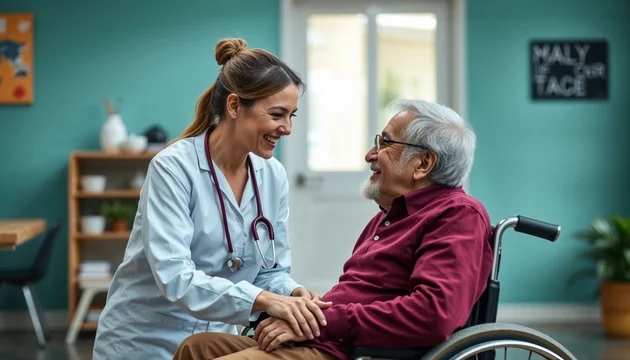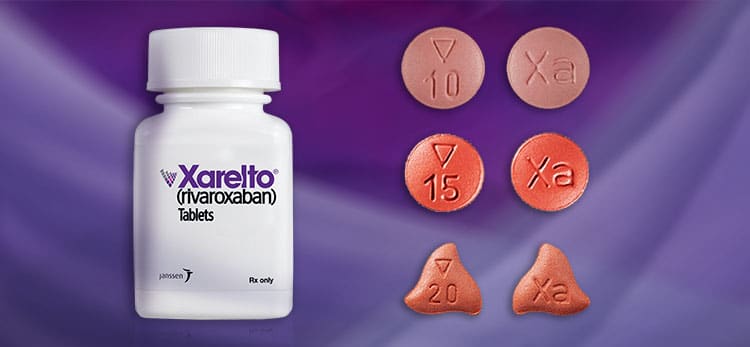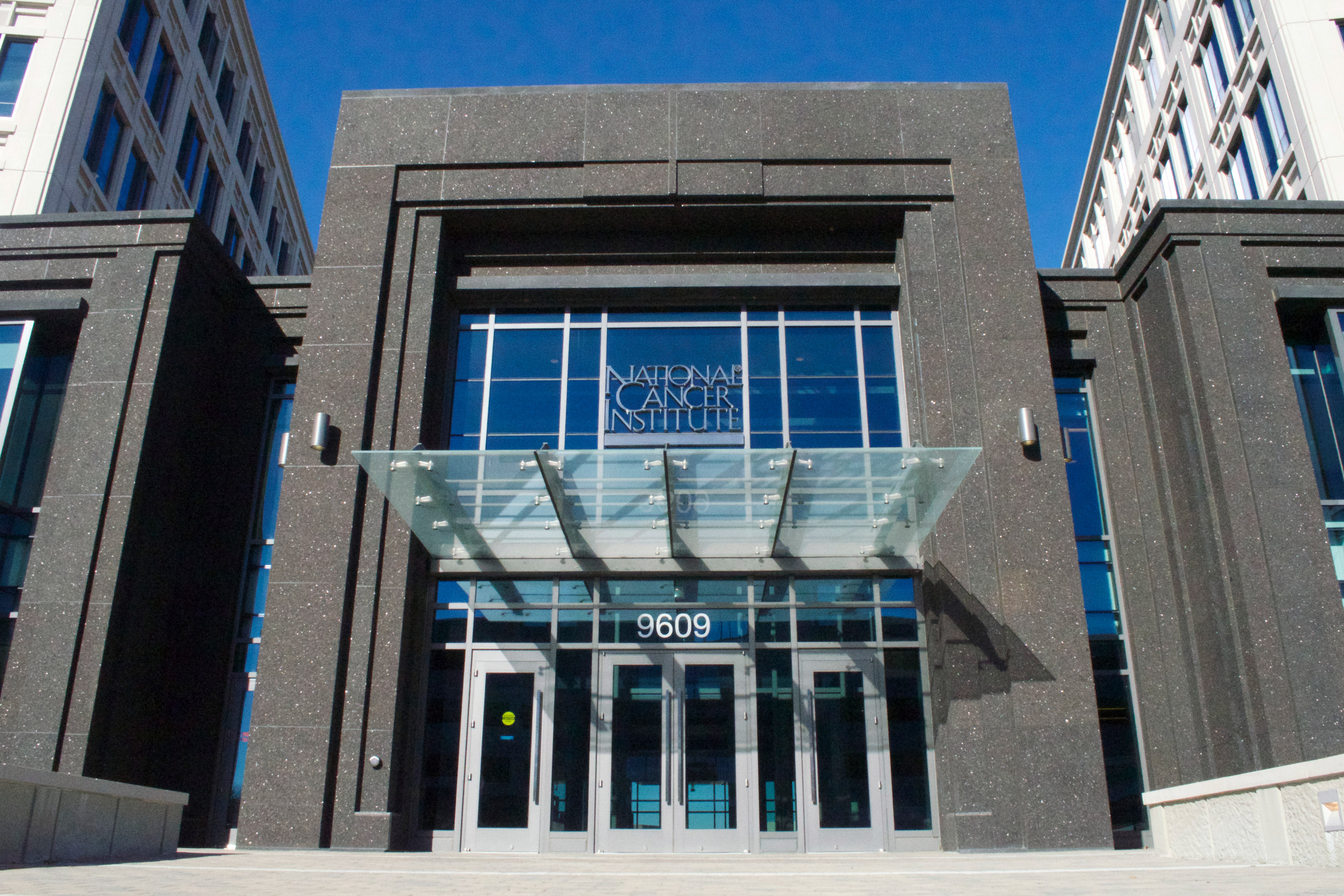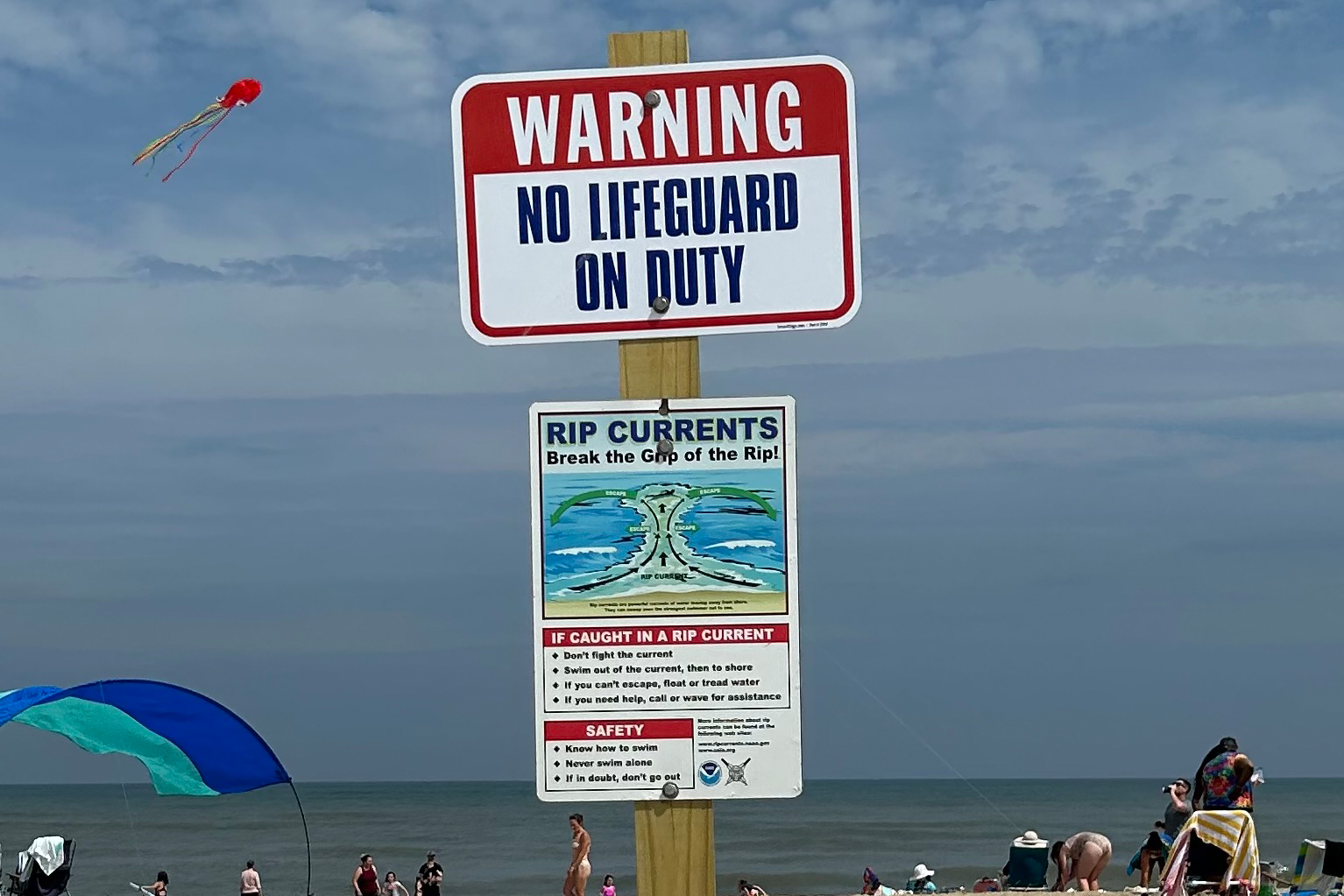First Aid and AED training educates individuals on how to effectively react in medical emergencies, specifically those with cardiac arrest. The training encompasses overall First Aid methods blended with specialized instruction on the use of an Automated External Defibrillator (AED)—a device designed to provide an electric shock to the heart when there is a sudden cardiac arrest.
This form of training can be applied in workplaces, community groups, schools, and the general public. No medical background is required, and courses are offered to be practical, simple, and easy to apply. Participants are given the confidence and ability to intervene during life-threatening emergencies and provide immediate care until the arrival of emergency services.
Why AED Training Matters?
When a person experiences sudden cardiac arrest, time is of the essence. Survival decreases by about 10% with each passing minute when defibrillation is delayed. CPR is essential, but alone, it might not be sufficient to resuscitate the heart. That’s where an AED comes into play.
AEDs are becoming more commonly placed in public areas like schools, sports clubs, shopping mall’s and transport terminals. They are made easy to use with clear voice prompts and instructions, but training is still essential. Understanding when and how to activate an AED can eliminate uncertainty and result in faster, more assured actions in an emergency.
Combining this knowledge with First Aid training gives participants a well-rounded set of skills. You’ll learn not only how to use a defibrillator but also how to assess the casualty, perform CPR, and keep someone stable while waiting for professional help.
What’s Covered in the Training?
First Aid and AED training typically begins with basic life support skills. These include how to assess a scene for danger, check for responsiveness, and place someone in the recovery position if they are unconscious but breathing. You’ll also learn how to perform chest compressions and rescue breaths as part of CPR.
The AED chapter addresses the operation of the machine, the time it can be deployed, and safe ways to obey the instructions. The equipment is also practiced on in the course, and participants practice using a training defibrillator on a manikin to enhance confidence.
Depending on your course provider, you might also learn about associated subjects like managing choking, major bleeding, or shock. Some courses are designed to be workplace-specific and align with Health and Safety Executive (HSE) regulations, whereas others will be community-based or family-oriented training.
Who Should Take the Course and What to Expect?
This course is perfect for someone who would like to be ready for a cardiac crisis. Employers frequently send employees on AED training as part of their First Aid at Work provision, especially if an AED is present on site. It’s also advisable for teachers, coaches, volunteers, and caregivers who look after others.
Classes are typically taught in a classroom and can last three to six hours. Hands-on components are an integral component of the training, where students are able to practice what they have learned under the supervision of a certified trainer. Upon completion, attendees are issued a certificate that is commonly valid for a maximum of three years.
Refresher training is highly recommended to maintain skills current and sharp, particularly since guidelines can update. Blended learning is also offered by some providers in which theory is done online and practical is conducted face to face.



















 English (US) ·
English (US) ·